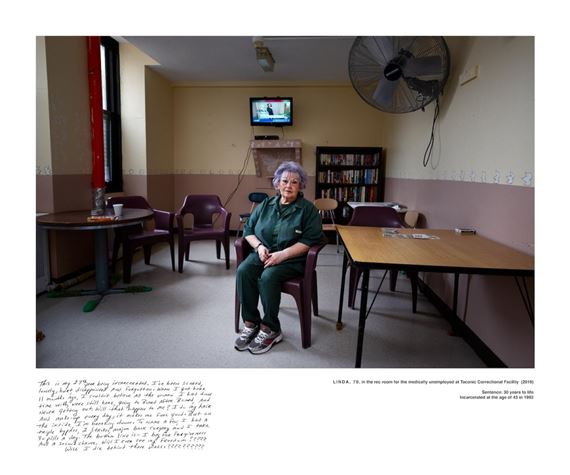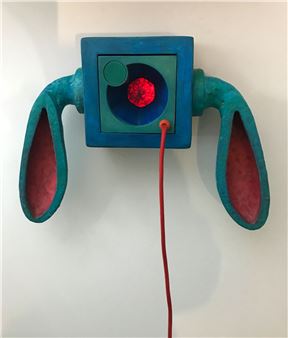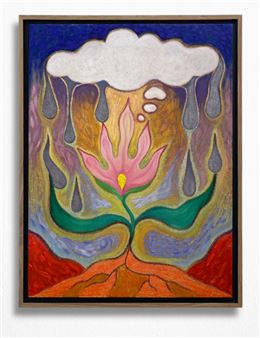Day Jobs
One of the typical measures of success for artists is the ability to quit their day jobs and focus full time on making art. Yet these roles are not always an impediment to an artistŌĆÖs career. This exhibition illuminates how day jobs can spur creative growth by providing artists with unexpected new materials and methods, working knowledge of a specific industry that becomes an area of artistic interest or critique, or a predictable structure that opens space for unpredictable ideas. As artist and lawyer Ragen Moss states:
Typologies of thought are more interrelated than bulky categories like ŌĆślawyerŌĆÖ or ŌĆśartistŌĆÖ allow. . . Creativity is not displaced by other manners of thinking; but rather, creativity runs alongside, with, into, and sometimes from other manners of thinking.
Day Jobs, the first major exhibition to examine the overlooked impact of day jobs on the visual arts, is dedicated to demystifying artistic production and upending the stubborn myth of the artist sequestered in their studio, waiting for inspiration to strike. The exhibition will make clear that much of what has determined the course of modern and contemporary art history are unexpected moments spurred by pragmatic choices rather than dramatic epiphanies. Conceived as a corrective to the field of art history, the exhibition also encourages us to more openly acknowledge the precarious and generative ways that economic and creative pursuits are intertwined.

Recommended for you
One of the typical measures of success for artists is the ability to quit their day jobs and focus full time on making art. Yet these roles are not always an impediment to an artistŌĆÖs career. This exhibition illuminates how day jobs can spur creative growth by providing artists with unexpected new materials and methods, working knowledge of a specific industry that becomes an area of artistic interest or critique, or a predictable structure that opens space for unpredictable ideas. As artist and lawyer Ragen Moss states:
Typologies of thought are more interrelated than bulky categories like ŌĆślawyerŌĆÖ or ŌĆśartistŌĆÖ allow. . . Creativity is not displaced by other manners of thinking; but rather, creativity runs alongside, with, into, and sometimes from other manners of thinking.
Day Jobs, the first major exhibition to examine the overlooked impact of day jobs on the visual arts, is dedicated to demystifying artistic production and upending the stubborn myth of the artist sequestered in their studio, waiting for inspiration to strike. The exhibition will make clear that much of what has determined the course of modern and contemporary art history are unexpected moments spurred by pragmatic choices rather than dramatic epiphanies. Conceived as a corrective to the field of art history, the exhibition also encourages us to more openly acknowledge the precarious and generative ways that economic and creative pursuits are intertwined.
Contact details

Related articles
An exhibition at the Blanton Museum of Art brings together examples of artists drawing inspiration from having to earn a wage away from the studio
What does an artist live on? Throughout art history, the idea of the artist who lives in poverty and only achieves recognition when they die in misery was built.
"Barbara Purcell reviews the group art exhibition Day Jobs,on view at the Blanton Museum of Art in Austin, Texas."
The premise of the Cantor Arts CenterŌĆÖs newest exhibition paints an optimistic and uniquely American portrait: artists can be inspired by their day jobs.

 ARTISTS
ARTISTS














